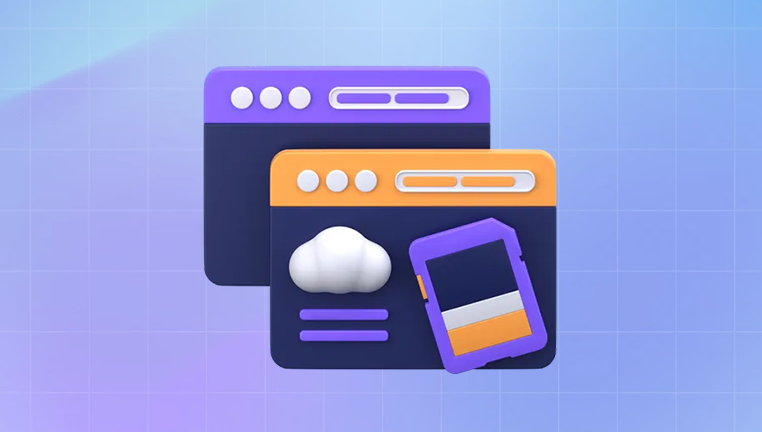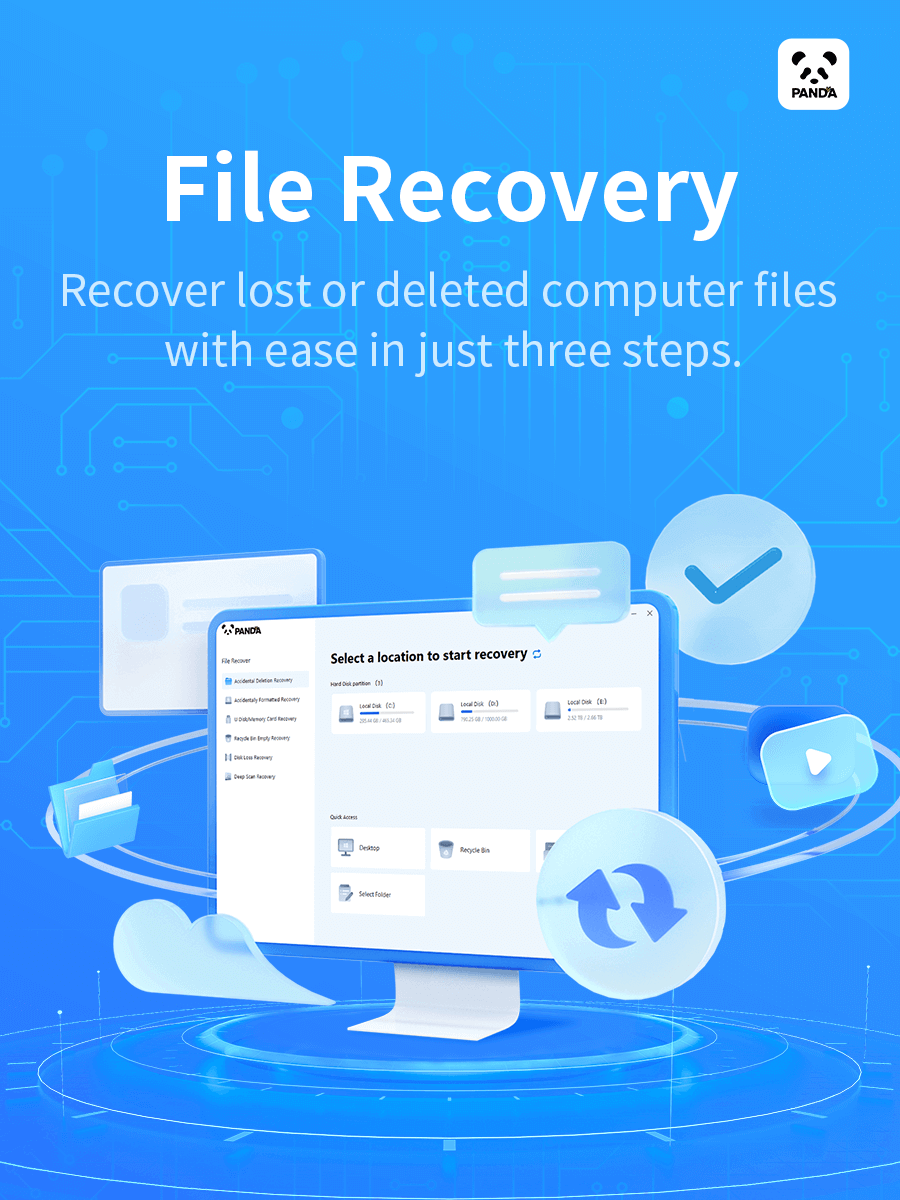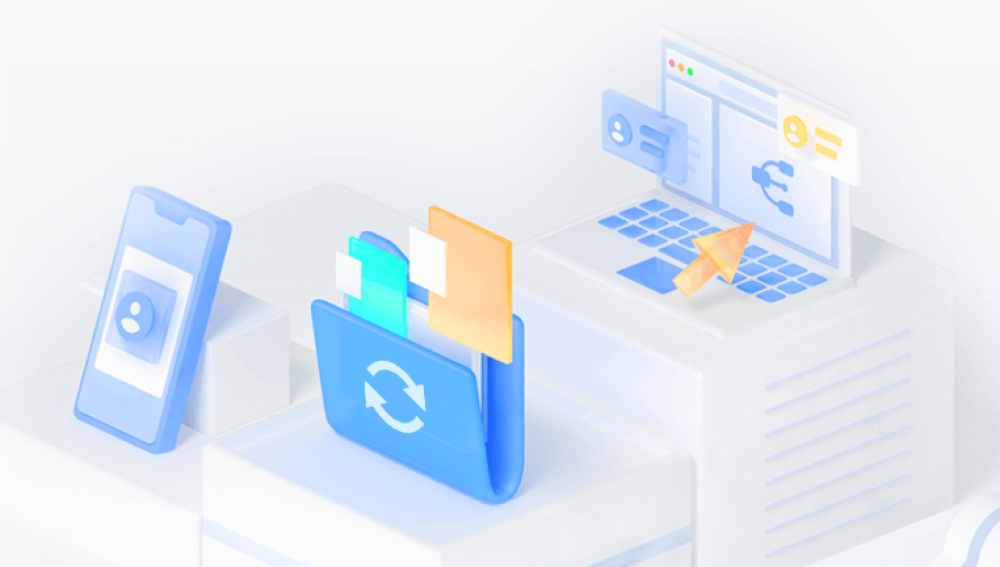Method 1: Use Built-in Tools in Windows and Mac
For Windows
Step 1: Insert the SD Card
Insert the SD card into the appropriate card reader and connect it to your Windows computer.
Step 2: Check Disk for Errors
Open "This PC" or "My Computer".
Right-click on the SD card drive and select "Properties".
In the Properties window, go to the "Tools" tab.
Under "Error checking", click "Check". Windows will then scan the SD card for errors and attempt to fix them automatically.

Step 3: Use CHKDSK Command
Open the Command Prompt as an administrator.
Type "chkdsk H: /f" (assuming your SD card is drive H). The "/f" parameter tells CHKDSK to fix any errors it finds. Wait for the process to complete.
For Mac
Step 1: Insert the SD Card
Insert the SD card into the card reader slot on your Mac or use an external card reader.
Step 2: Use Disk Utility
Open "Disk Utility" which can be found in the "Utilities" folder within "Applications".
Select the SD card from the list of drives on the left side of the Disk Utility window.
Click on the "First Aid" button. Disk Utility will then check the SD card for errors and repair them if possible.
Method 2: Employ Third-Party Data Recovery Software
Drecov Data Recovery is a powerful software tool designed to retrieve lost or deleted files from hard drives, SSDs, USB flash drives, memory cards, and other storage devices. Whether you have accidentally erased important documents, lost cherished photos, or suffered a system failure, this tool provides a user-friendly interface and advanced recovery algorithms to restore data effectively.
Key Features
Comprehensive File Recovery – Drecov Data Recovery can retrieve a wide range of file types, including documents, images, videos, audio files, and emails. No matter the format, the software is built to scan and recover lost data efficiently.
Multiple Recovery Modes – The software offers different scanning modes to suit various data loss scenarios:
Quick Scan: Recovers recently deleted files in seconds.
Deep Scan: Performs an in-depth search to recover files that have been overwritten or lost due to formatting.
Support for Various Storage Devices – Drecov Data Recovery works with internal and external hard drives, SD cards, USB drives, RAID storage, and even crashed systems, making it a versatile solution for both personal and professional users.
User-Friendly Interface – Designed with simplicity in mind, the software offers a step-by-step recovery process, making it accessible even for users without technical expertise.
Preview Before Recovery – Before restoring lost files, users can preview documents, images, and other recoverable items to ensure they are selecting the right files.
Safe and Secure – The software operates in a read-only mode, meaning it does not modify or overwrite existing data, ensuring maximum data integrity.
Method 3: Seek Professional Data Recovery Services
When to Consider Professional Services
If the above methods fail to recover your important files and the data on the SD card is extremely valuable, it may be time to consider professional data recovery services. This is especially true if the SD card has physical damage or if the data loss is due to a more complex issue like a firmware problem.
How to Choose a Professional Service
Look for companies with a good reputation and extensive experience in data recovery. Check online reviews and ask for recommendations.
Make sure the company has clean room facilities and the necessary specialized equipment to handle SD card recovery.
Inquire about their data security and privacy policies to ensure your data is protected.
Method 4: Use Linux Commands (Advanced Users)
Step 1: Insert the SD Card and Identify the Device Name
Insert the SD card into a Linux system. Use the command "lsblk" to list all block devices and identify the name of the SD card device, such as "/dev/sdb".
Step 2: Check and Repair the File System
If the SD card uses the FAT file system, you can use the "dosfsck" command. For example, "dosfsck -v -a /dev/sdb1" (assuming the SD card's partition is sdb1). The "-v" option enables verbose mode, and "-a" tells dosfsck to automatically fix any errors it finds.
For other file systems like ext4. you can use "e2fsck". For example, "e2fsck -f /dev/sdb1". The "-f" option forces the check even if the file system seems clean.
Step 3: Use Data Recovery Tools like PhotoRec
Install PhotoRec using the package manager of your Linux distribution. For example, on Ubuntu, you can use "sudo apt-get install photorec".
Run PhotoRec with the appropriate options. For example, "photorec -q -f jpg -o /home/user/recovered -d /dev/sdb" to recover JPEG files and save them to the "/home/user/recovered" directory.
Precautions and Tips
Prevention is Better than Cure
Regularly back up the data on your SD card to prevent data loss in the first place. You can use cloud storage, external hard drives, or your computer's internal storage for backups.
Handle the SD Card with Care
Avoid removing the SD card from the device while it is still in use or during data transfer. Always use the "Safely Remove Hardware" option on Windows or the "Eject" option on Mac.
Keep Your Software Updated
Make sure your operating system, data recovery software, and other relevant programs are up to date. This ensures that you have access to the latest features and bug fixes that can improve the chances of successful file recovery.




